-

Non-labor income sources such as investments, Social Security, Medicare, and Medicaid often are the largest and fastest growing sources of personal income for many counties. Rural counties especially are surprisingly dependent on non-labor income. Read more
-
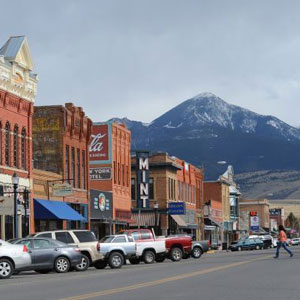
The rural West matters for at least three important reasons: the vitality of the region’s landscape; its impact on local, state, and national politics; and the future of the area’s people and communities. Read more
-
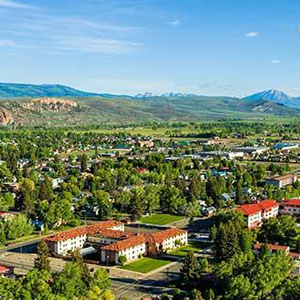
Explore socioeconomic trends in Gunnison County and neighboring Colorado counties. Read more
-

While most western rural counties are aging and losing young families, the loss of school kids in rural western counties with protected lands such as National Monuments was, on average, less than half the rate of loss for similar counties without protected lands. Read more
-
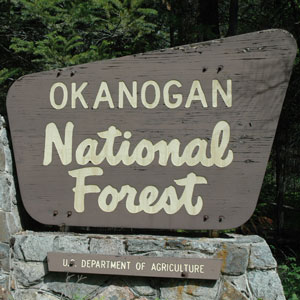
Update: Rural counties in the West with more federal lands performed better on average than their peers with less federal lands in four key economic measures. Read more
-
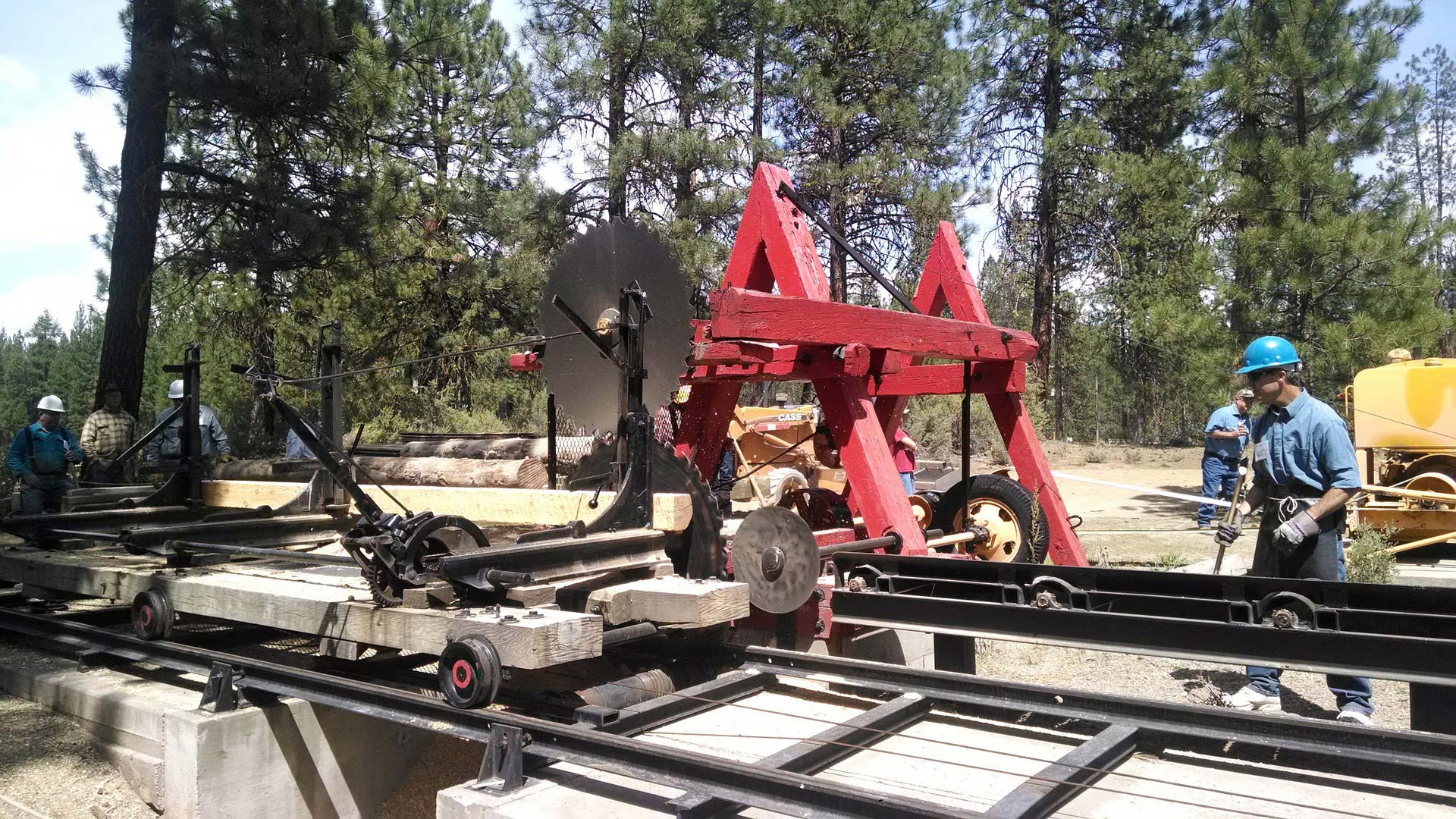
Recent trends in manufacturing and what they mean for the people and communities of the American West, with insights for rural areas in particular. Read more
-

Explore the West’s economy, regional performance, and what is driving economic growth. Read more
-

Understanding the local economy, and how it compares to peers, is a crucial part of smart community and economic development. Several new tools, utilizing the latest data (through 2014), now are available for every county in the nation. Read more
-

Understanding what drives the local economy is crucial to smart community and economic development. This map provides detailed socioeconomic reports for every county. Read more
-

Despite being known for its rural landscapes, the West is surprisingly urban. Read more
-

In the West today, what economic sectors are driving the economy and make up the growing workforce? Read more
-
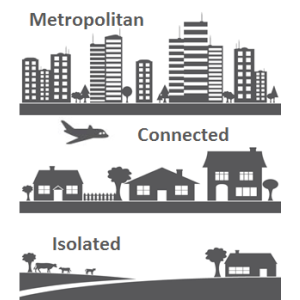
There are three distinct types of counties in the West—Metro, Connected, and Isolated—defined by their access to major markets and population centers. Read more
-
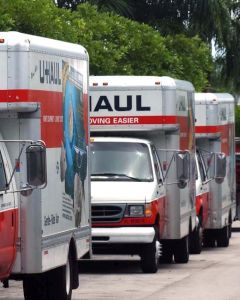
County migration and population trends in the West constantly change. We summarize counties into four types–high-wage services, farm-dependent, oil and natural gas boom, and retirement destinations–to show the relationship between population and economic structure. Read more
-

Getting the economics right is important for communities to compete in a modern economy. We’ve created a number of tools to help rural, western communities better understand current trends as well as the role of the nearby National Forest or other public lands. Read more
-

It’s All Hallow’s Eve, so we decided to look at western counties where the dead most recently were living. But a high death rate does not mean a county is faring poorly. Like most things, it’s complicated. Read more
-

Today’s economy is much different than what we hear in the rhetoric from current politicians. We need our leaders to wrestle with current problems rather than old ones. Read more
-
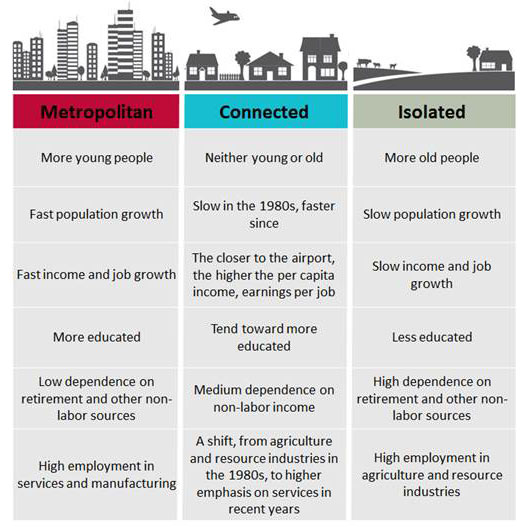
Review the economic and demographic differences between Metro, Connected and Isolated counties. Read more
-

Non-labor income is one of the largest and fastest growing sources of income in the West; constituting 34 percent of total personal income in 2011 and 60 percent of net growth in real personal income during the last decade. Read more
-
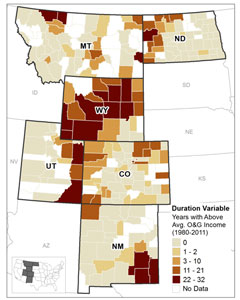
This paper demonstrates that when fossil fuel development plays a prominent, long-term role in local western economies there are negative effects on per capita income, crime rates, and educational attainment. Read more
-
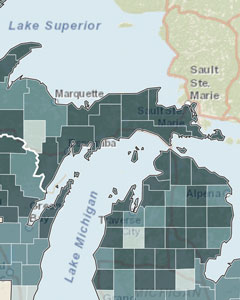
This post summarizes the Climate Adaptation Report which provides a description of key economic sectors at greatest risk from extreme weather or long-term climate shifts and is intended to prepare the region’s forests, water resources, and communities for a less certain future. Read more